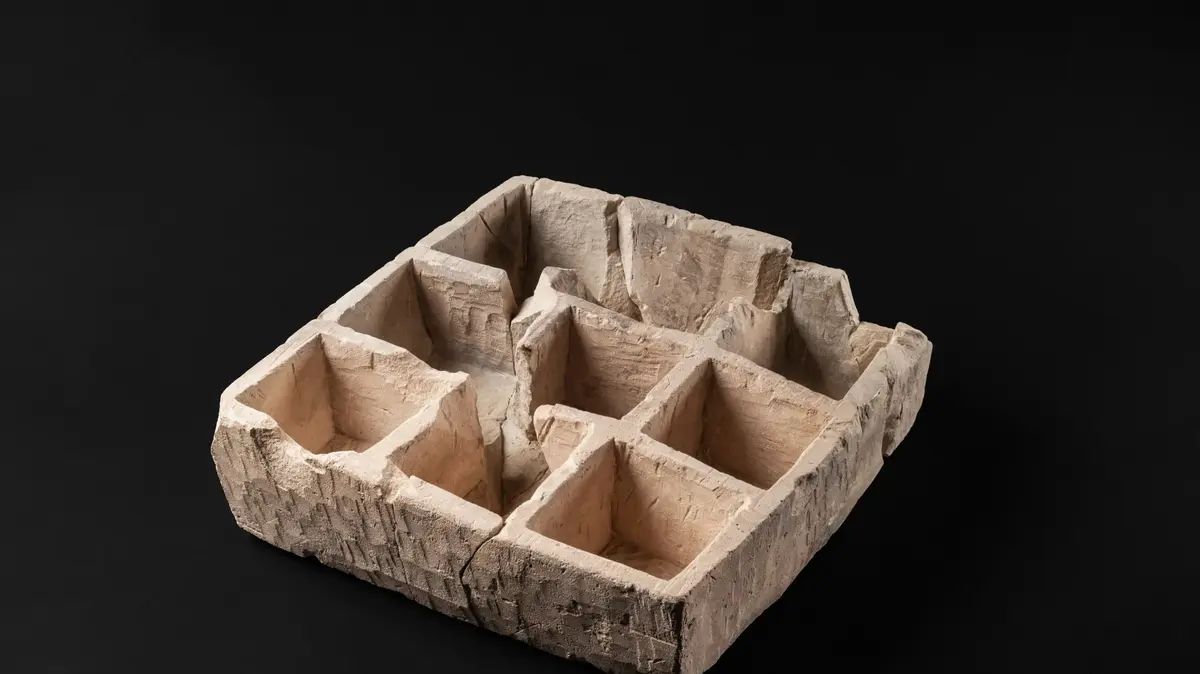beijing-sana
The Faculty of Archeology at Jilin University of China announced today the discovery of four artifacts of stone carvings, two of which are in the form of a silkworm caterpillar and two in the form of a silkworm cocoon, dating back more than 6,000 years, at an archaeological site in Yuncheng city in north China's Shanxi Province.
Fang Zhi, head of the excavation team and professor at Jilin University, said, "The four aforementioned artifacts are believed to date back to the early period of the Yangshao civilization, which is considered a main stream of Chinese civilization, and that the discoveries provided important evidence of the role of silkworm breeding and preparation Silk threads in production and daily living in the early Yangshao period of Yuncheng Basin, which represents a core area for the origin of Chinese civilization.”
The excavation team also found ruins of houses, ash pits, trenches, graves, tractor coffins, traces of furnaces, and other cultural relics in the archaeological site called “Shitsun” village in northern China’s Shanxi Province, including production tools of pottery, stone, jade and metal products, as well as artifacts of bones and shells. The archaeological site also included a primitive handicraft workshop for raising silkworms and preparing silk threads.
Follow SANA's news on Telegram https://t.me/SyrianArabNewsAgency














